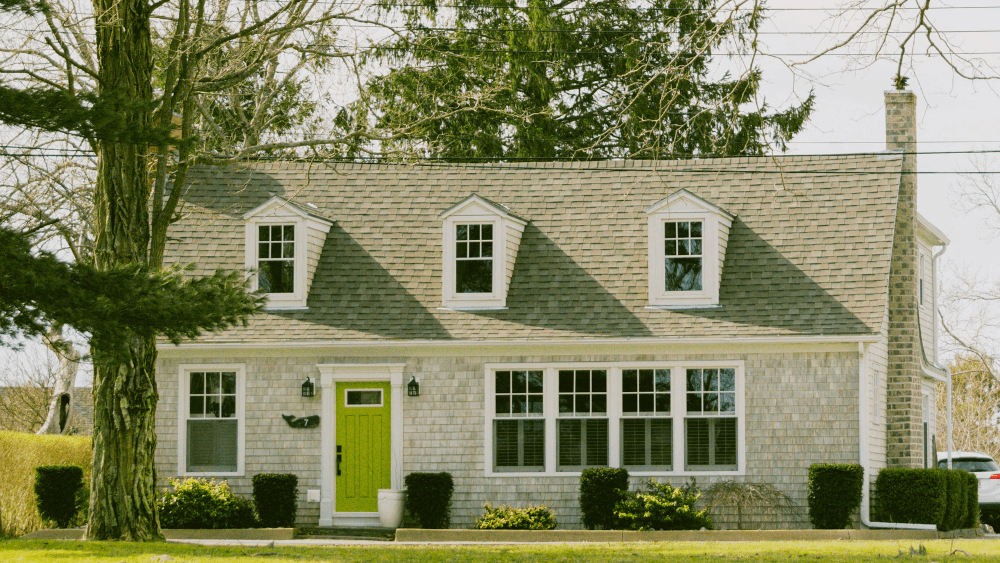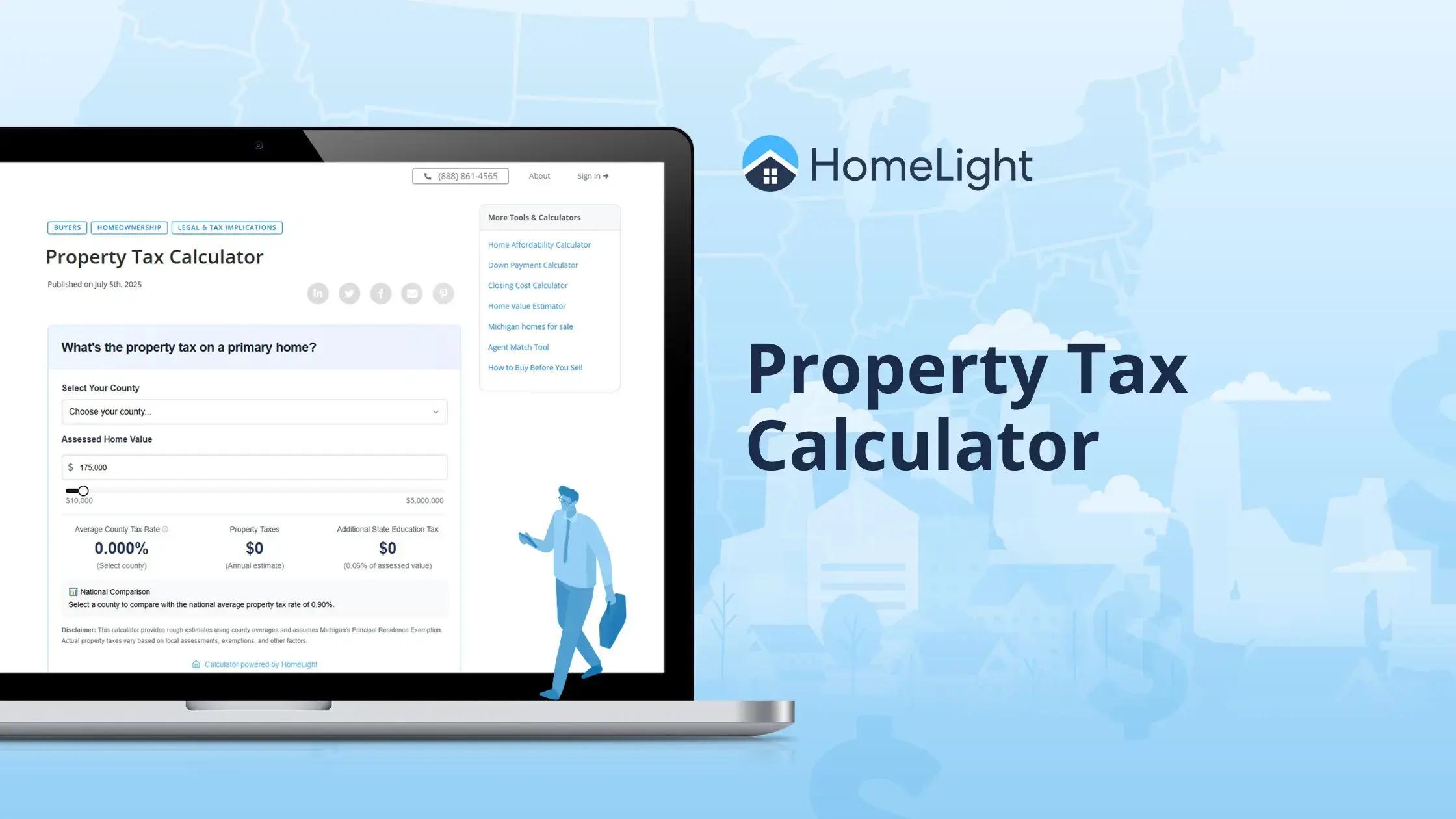
If you’re thinking about buying a home right now, you’re probably eyeing housing market headlines with caution. Everything from stubborn inflation and increasing mortgage rates to potential home price declines could cause potential buyers to rethink a new home investment. But there are also reasons for home buyers to be optimistic. Some experts believe many concerns about the housing market are overblown, and they see opportunities for home buyers to cash in on buyer-friendly patterns that are surfacing on the horizon. In this article, we talk to top real estate agents and housing market experts, dig into the details of the housing market, and unearth the silver linings that could emerge for home buyers in 2023. Everything from negative headlines about the housing market to worries about high mortgage rates, inflation concerns, and more are causing potential home buyers to question whether they should purchase a home in 2023. However, despite many negative feelings about the housing market, experts say there are bright spots for home buyers to consider in 2023: Home sales were on a tear throughout the pandemic, hitting the highest levels since 2006. During the second quarter of 2022, 80%, of U.S. metro areas saw double-digit home price increases. However, they’ve marched downward in recent months, striking the lowest point in more than a decade in January. That could present an opening for home buyers who were outbid in the previous housing cycle. “[Buyers] have the ability to ask for some concessions, ask for repairs, home warranties – things of that nature,” says Oriana Shea, a top-selling Long Beach real estate agent who has more than 25 years of experience in the industry. “A year and a half ago, it was unheard of. You had to be competitive, and a lot of their negotiating power was taken away. So, I think we’ve entered a more normalized environment for buyers and sellers.” HomeLight’s Top Agent Insights for New Year 2023 report echoes the idea that the housing market is shifting to favor more buyers. According to the study, more than a third (34%) of agents predicted a buyer’s market in 2023, while only 12% expected a seller’s market in their area. That’s a significant swing, considering earlier HomeLight studies throughout the previous two years consistently saw 90% of agents describe their area as a seller’s market. As buyers gain power in 2023, they could see more room to negotiate better deals, and they might have a chance to participate in a housing market that shut them out in the past. As high mortgage rates tamp down housing demand, prices are peeling back in some areas of the country. According to the S&P Dow Jones Indices, home prices in all 20 of the major cities that the group tracks fell in December. Those price declines are especially sharp in the West and Southwest. That same report found these cities experiences the biggest monthly price drops in December: Source: S&P Dow Jones Indices and CoreLogic Data, 2022 Nadia Evangelou, the National Association of Realtors’ (NAR’s) Senior Economist & Director of Real Estate Research, says price declines are opening up housing options to buyers who may have been unable to afford purchases in the past. “More people are coming back to the market because they can afford to buy a home,” she says. In 2023, lower demand could help deflate home prices and give home buyers a chance to purchase property at a price point they can afford. Mortgage rates have jumped quickly in recent months. According to Trading Economics, the average rate of a 30-year fixed mortgage climbed from the record low of 2.65% in January 2021, to recent highs near 7% in 2022. Since then, the average for these rates has settled at around 6.42% as of March 2023. However, what home buyers don’t always realize is that even at recent highs, rates for a 30-year fixed mortgage still sit below the historic average. According to the same Trading Economics Data, the average rate for a 30-year fixed mortgage from the 1970s through 2023 is 7.75%. The historic high from that period came in October of 1981 and was 18.63%. Evangelou reiterates that, even though mortgage rates may be high for individuals who have been shopping for homes in recent years, they may not be as scary as many assume. “3% rates are not the benchmark,” she explains. “3% was a historic low. 6% is still a good [rate] percent compared to the historical average.” Source: Freddie Mac Source: Freddie Mac On March 22, the Fed raised its benchmark interest rates by another 0.25%, but it modified its guidance on future interest rate changes. The Fed now believes it no longer anticipates that “ongoing rate increases will be appropriate to quell inflation.” For homeowners and buyers making plans in 2023, this change in guidance means mortgage rates should move lower at some point. Evangelou says she believes rates will simmer during 2023 – which will reduce homeowners’ monthly payments. “I will say that in the second half of the year, I expect mortgage rates to start falling down again,” predicts Evangelou. “This can make home buying more affordable to many people. Usually, a rate close to the low range of 6% can make home buying affordable.” Still, Shea suggests home buyers resist the urge to hold out for low interest rates. “Because the inventory is still low, when the rates come down, there’s going to be a lot more competition for the same amount of inventory, unless something happens,” she says. Many potential home buyers are seeing mortgage rates increase well above pandemic lows and shying away from deals. However, Shea says, even if rates are higher now, it doesn’t discount a home’s value as an investment. And she says that tempered demand could present buyers with opportunities to scoop up a valuable property at a favorable price. “I think there are opportunities over the next six months to a year to capitalize on. I think [buyers] need to recognize that, the interest rates, they can refinance out of those rates,” says Shea. Evangelou says that, when it comes to value, homes are likely to remain a worthwhile investment in the future. “On the national level, we may see a price drop when we compare [prices] to the previous year, like in the summer months,” Evangelou says. “But in 2024, we should expect price gains to go back to normal levels, about 3% price growth.” »Planning tip: See what your home might be worth with our Home Value Estimator Although many potential home buyers’ worries are warranted, others may be driven by misunderstandings about the housing market in 2023. Here are a few myths that experts say could be clouding some home buyers’ vision: Myth: The housing market is teetering on the edge of a 2008-style crashAs housing demand ticks lower, and home values fall from recent highs, many potential buyers are wondering, “Will there be another housing crash?” However, Evangelou says current housing conditions do not resemble the market leading up to the 2008 crash. And she doesn’t expect the current market to crash. Many other housing experts agree. “We have different conditions now,” she explains. “We have an undersupply, and we’re in a severe housing shortage. Back then, we had an oversupply of homes that made home prices drop.” She says that because demand continues to outpace supply, she doesn’t expect home prices to fall, on a national level, the way they did last time around. Myth: Home buyers always need a 20% down payment before they buy
According to a OnePoll study, more than a third of Americans (35%) won’t consider purchasing a home until they’ve saved at least $200,000. In general, Evangelou says she believes many potential buyers can afford to buy sooner than they realize. “It’s not a one-size-fits-all answer,” says Evangelou. “It depends on their financial position, but I will say the data shows they don’t need a 20% downpayment to purchase a home.” According to a 2022 NAR report, the median down payment for homeowners age 32 to 41 is just 10%. That figure is slightly higher for individuals ages 42 to 56, at 15%, and a bit lower for the 23 to 31 age group, at 8%. As a buyer, it’s still wise to assess your financial situation before you budget for your down payment, but you may not need to save a full 20% before you shop for a home. Myth: Timing the housing market is always a wise strategyIt’s easy for a potential buyer to look back on housing low points and think, “Why don’t I just wait for the next big crash and cash in?” However, Rick Ruiz, a top-selling real estate agent who has more than 20 years of experience selling in the Las Vegas area, says pulling the trigger on a housing transaction at the perfect moment is harder than most people realize. “I think the biggest mistake that a lot of people make, and this goes for educated and uneducated consumers, is they think they can time [housing markets],” he says. Much of the time, potential buyers will wait on the sidelines, waiting for major price declines, and miss out on solid investments that they could be making right away. »Planning tip: How much home can you afford? Try our Home Affordability Calculator Even if the housing market’s recent turn is worrying buyers, experts believe there are opportunities forming. Whether it’s lower competition, lower prices, steady home value predictions, or any other silver lining, the 2023 housing market is shaping up to include more advantages for buyers than most realize. And buyers who take advantage of the shifting market could benefit long into the future. »Take one step forward today: HomeLight can connect you with a top-performing, trusted agent in your selected market. We analyze over 27 million transactions and thousands of reviews to determine which agent is best for you based on your needs.Why the market may be tilting toward buyers in 2023
[Buyers] have the ability to ask for some concessions, ask for repairs, home warranties – things of that nature. A year and a half ago, it was unheard of. You had to be competitive, and a lot of their negotiating power was taken away. So, I think we’ve entered a more normalized environment for buyers and sellers.
1. Competition has fallen from highs
2. Prices are inching lower
City
Monthly price decline Nov.-Dec. (2022)
Portland
-1.9%
Phoenix
-1.9%
Las Vegas
-1.8%
Seattle
-1.8%
San Francisco
-1.8%
3. Mortgage rates remain below the historic average
Mortgage rate trends (annual averages) 1974-2021
Year
Average 30-year rate
Year
Average 30-year rate
Year
Average 30-year rate
Year
Average 30-year rate
1974
9.19%
1986
10.19%
1998
6.94%
2010
4.69%
1975
9.05%
1987
10.21%
1999
7.44%
2011
4.45%
1976
8.87%
1988
10.34%
2000
8.05%
2012
3.66%
1977
8.85%
1989
10.32%
2001
6.97%
2013
3.98%
1978
9.64%
1990
10.13%
2002
6.54%
2014
4.17%
1979
11.20%
1991
9.25%
2003
5.83%
2015
3.85%
1980
13.74%
1992
8.39%
2004
5.84%
2016
3.65%
1981
16.63%
1993
7.31%
2005
5.87%
2017
3.99%
1982
16.04%
1994
8.38%
2006
6.41%
2018
4.54%
1983
13.24%
1995
7.93%
2007
6.34%
2019
3.94%
1984
13.88%
1996
7.81%
2008
6.03%
2020
3.10%
1985
12.43%
1997
7.60%
2009
5.04%
2021
2.96%
2022 monthly average 30-year mortgage rate
January
February
March
April
May
June
3.45%
3.76%
4.17%
4.98%
5.23%
5.52%
July
August
September
October
November
December
5.41%
5.22%
6.11%
6.90%
6.58%
6.42%
4. High mortgage rates could fall
5. Real estate value remains steady despite high mortgage rates
Common myths about the current housing market
Home buyers have reasons to be optimistic


